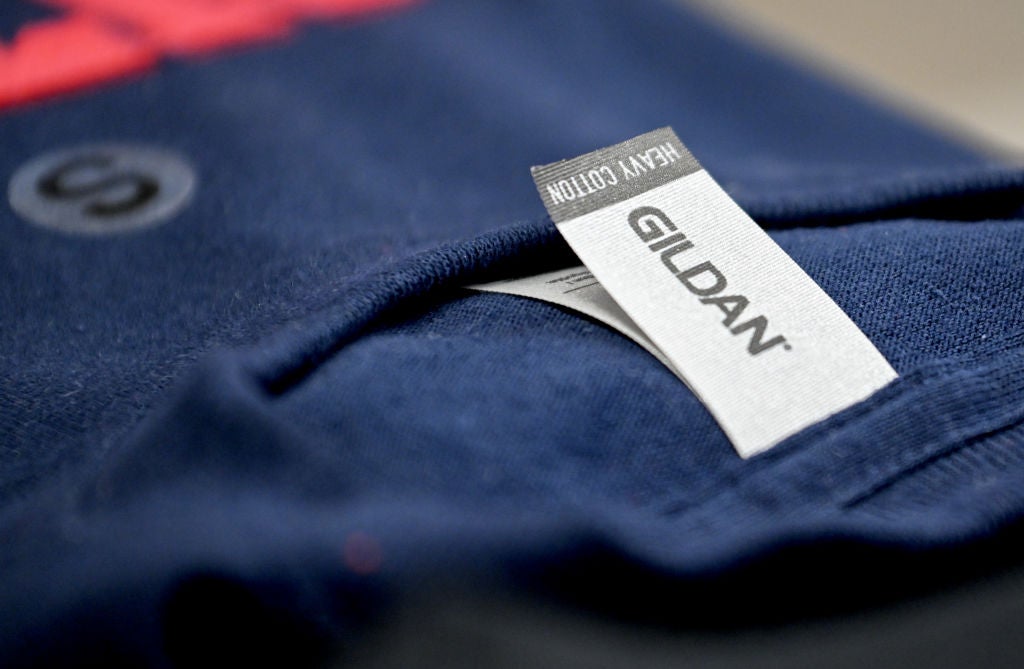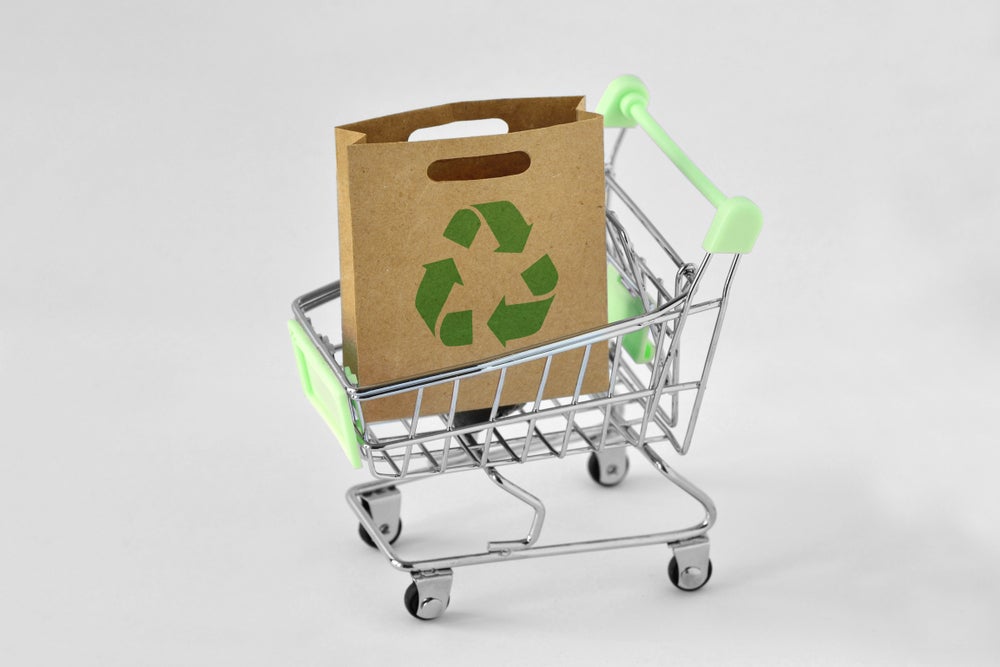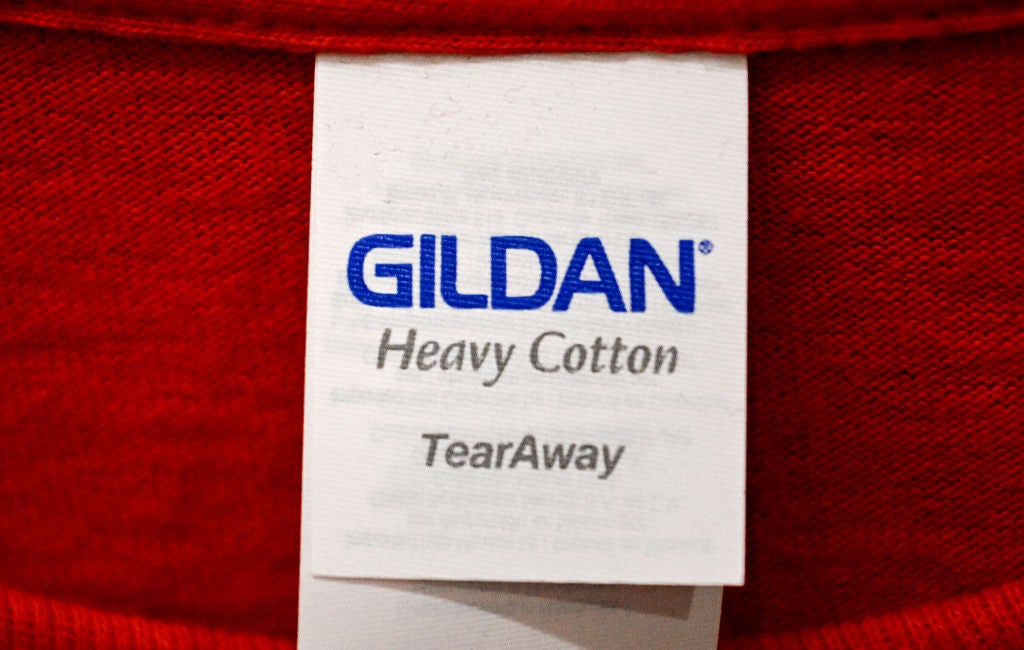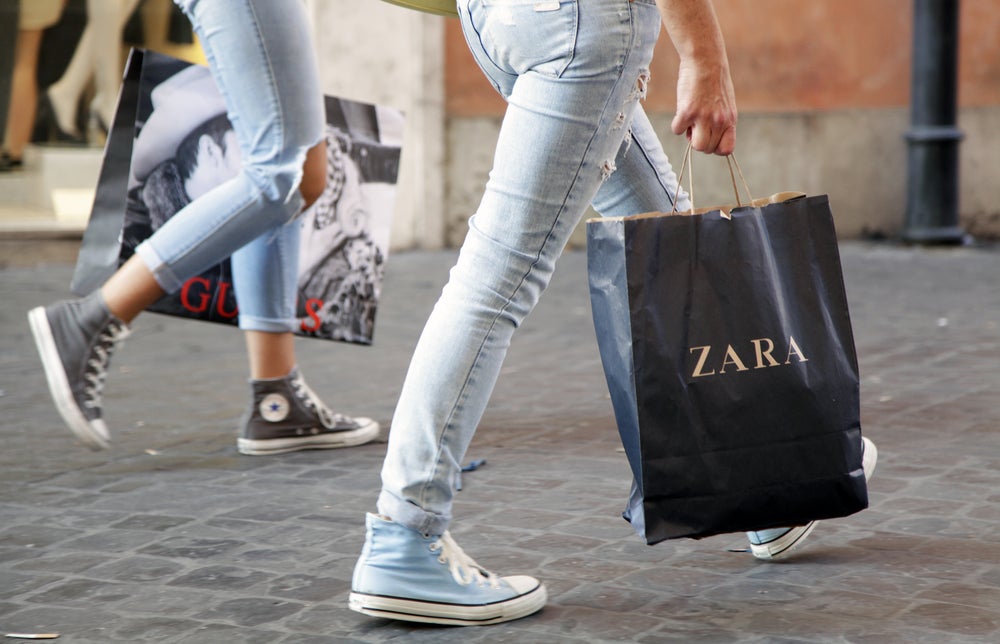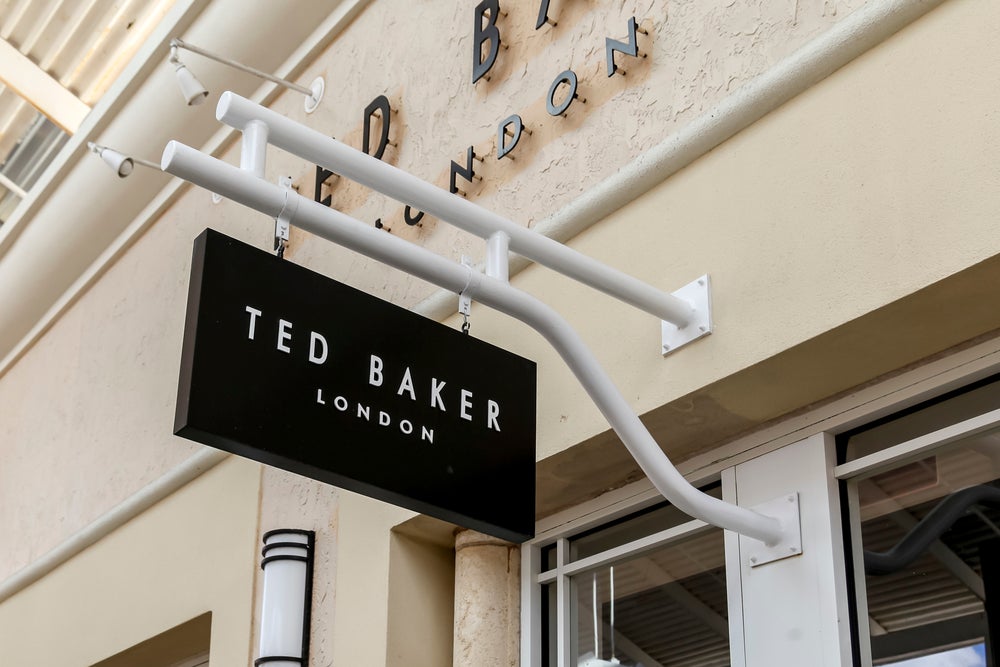Source Fashion explores what retail trends will impact consumers, the industry, and business practices in the next 12 months.
Consumer Behaviour
1. Calculated Spending
In the face of a challenging economic outlook for 2024, consumers will adopt a more conscious approach to their expenditures. The definition of value will vary across individuals and product categories, with a focus on discounts and loyalty-driven incentives.
Brands like Tesco and Boots are leveraging loyalty schemes to tie competitive pricing to customer data exchange. This year, retailers will need to emphasise product longevity, durability, and the narrative surrounding the value proposition.
Brands will be expected to use product stories to win over consumers who are more calculated with their spending and retailers may need to make a strong emotional case for non-essential purchases.
The surge in re-commerce, both in buying and selling, will intensify as consumers seek sustainable and cost-effective alternatives.
2. Unconscious Shopping Takes Over
A paradigm shift in consumer behaviour is evident as shopping transcends deliberate actions and integrates seamlessly into everyday activities like social media browsing, gaming, and content streaming.
The rise of unconscious shopping demands tailored content and experiences that resonate with discovery for instance brands can explore innovative community spaces to facilitate these shared discoveries for consumers.
Source Fashion names Netflix's plans to integrate retail, dining, and live experiences related to its content as an example.
The sourcing event predicts that retailers will prioritise the “experiential” retail store that functions like a traditional store with a small experience added on over traditional store setups.
AI
3. AI as a Co-Creator
AI is expected to continue its dominance in retail conversations, especially in product development.
Brands such as J’evar use AI to speed up the custom jewellery design process. Its in-house AI is trained on historical data and metrics for materials, allowing the brand’s designers to provide specifications and generate numerous design options.
While AI-designed products become more prevalent, they will remain a complementary tool, aiding human creativity and ideation.
The human touch will remain vital in evaluating sensory aspects and practical feasibility in retail.
4. AI & Consumer Data
AI's role extends to enhancing the customer shopping experience, exemplified by Walmart's AI-powered search tools where customers can get personalised product recommendations from or ask questions.
However, with the impending cessation of third-party cookies in Chrome by Google, Source Fashion believes concerns about consumer data privacy are likely to rise.
Brands employing generative AI will need to establish clear data policies, communicate transparently with consumers, and potentially label AI-powered tools to maintain trust and compliance.
5. Retail Media Comes to the Store
The monetisation of physical store spaces through retail media networks is gaining momentum.
Retailers are increasingly capitalising on in-store ad spaces, from shelf edges to checkouts, offering brands access to a captive audience.
Retail media networks aim to sell access to the audience that a retailer has. As online visibility becomes increasingly difficult to obtain and sustain, brick-and-mortar stores offer brands a significant and appealing audience. According to the National Retail Federation (NRF), 80% of all shopping still occurs in physical stores.
However, maintaining a balance with in-store advertising will be crucial for retailers to not reduce the overall quality of the customer experience.
6. Increase in Medium-Term Pop-ups
The concept of pop-up stores has shifted from a short-term fixture towards a medium-term pop-up, lasting 2-3 months or even a year.
Brands see the value in physical retail but prefer the flexibility and reduced risk associated with medium-term pop-ups. Sustainability concerns, coupled with the desire for deeper insights into customer behaviour, contribute to the popularity of this trend.
Sustainability
7. Radical Transparency
Consumer demand for authenticity prompts brands to embrace radical transparency and Source Fashion thinks brands are going to be more transparent than ever over the next 12 months. Beyond merely showcasing sustainability improvements, brands will openly share challenges, calling out other brands or government policies when necessary.
“Those that embrace radical transparency – even when the news isn’t good – will be in a better position than those who choose not to,” said the sourcing event.
8. Brand-led Positive Change
In 2024, consumers will seek more than just awareness of sustainability issues; they expect brands to actively contribute to positive change.
Brand-led positive change will be about helping consumers navigate challenges, and offering sustainable solutions without significant price hikes and will become a powerful tool for building trust and loyalty.
Operations
9. Supply Chain Resilience
Supply chain resilience takes centre stage as retailers recognise its critical role in business continuity and growth. Investment in supply chain automation rises, and retailers explore local and non-traditional sources for raw materials. Initiatives like Tesco Exchange exemplify collaborative efforts to reduce waste and build a more resilient supply chain.
10. Inventory Management will be Under Scrutiny
Retailers need to build agility into their supply chains and make them more resilient so they can deal with whatever comes next as supply chain issues in 2024 are expected to remain.
Longer buying seasons and extended return periods challenge retailers to adapt. Inventory management technology and real-time stock data become essential tools for dynamically pricing items, managing excess stock, and adopting a more agile approach to meet evolving consumer demands.





